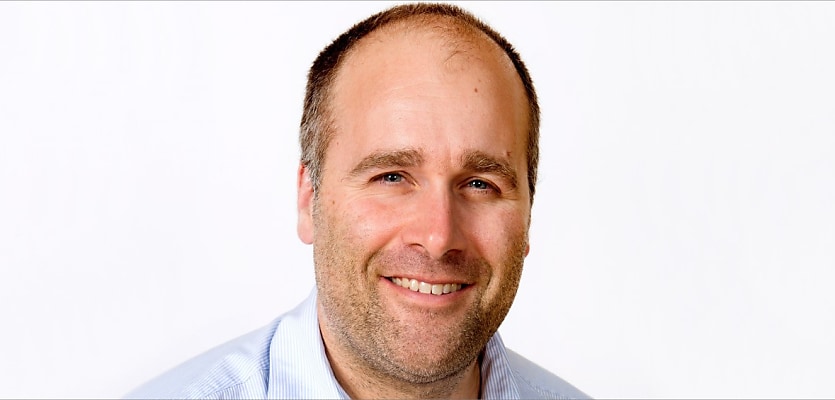For the first time, a new report has comprehensively mapped the major digital technology hubs across the country, with four areas emerging as “super clusters”.
National science agency CSIRO and the Technology Council of Australia’s The Geography of Australia’s Digital Industries report determined the geographical concentrations of Australia’s technology workers.
The report explored how these geographical concentrations of innovation boost growth and productivity, with the quintessential example being California’s Silicon Valley.
Though lead report author and CSIRO principal researcher, Dr Stefan Hajkowicz, clarified it is not a search for “Australia’s Silicon Valley”.
“[We] have our own clusters with their own unique blend of technology specialisations, companies and cultures.
“But we do see the same patterns of intense spatial clustering of technology industry occurring in places like California (USA), Cambridge (UK), Toulouse (France) and other places worldwide,” he explained.
ABS workforce data was used to identify a total of 96 digital clusters across the country, with four super clusters or mega groupings of multiple clusters in the same city, named: the Sydney arc, the Melbourne diamond, the Brisbane corridor and the Canberra triangle.
Notably, the Sydney arc leads the pack with 81 ASX-listed digital technology companies valued at $52 billion, followed by the Melbourne diamond with 62 companies worth a staggering $203 billion, the Brisbane corridor with 19 companies worth $13.29 billion and the Canberra triangle with two companies worth $60.14 million.
CSIRO’s acting chief executive Kirsten Rose said understanding geographical patterns on tech hubs is important as international research shows their many benefits.
“The experience globally has shown that firms in clusters grow, employ and innovate at a faster rate.
“We know comparatively little about this in Australia, but what this report tells us very clearly is that geography matters and understanding that geography can help us catalyse growth,” she stated.
In addition to the super clusters in the east coast, Dr Hajkowicz noted there are “significant but smaller” clusters in smaller capital cities like Perth, Hobart and Darwin.
“The report has also noted the rise of highly specialised clusters in regional areas, for example we are seeing the rapid growth of the graphic design profession in coastal areas like Burleigh Heads,” Dr Hajkowicz said.
Findings of the report also showed Australia also has 60 greater city clusters – single clusters in greater capital city areas that have large and diversified tech workforces and firms.
Areas categorised as greater city clusters included Parramatta, Hobart, Northbridge in Perth, Darwin and Adelaide.
Technology Council of Australia chief executive Kate Pounder highlighted the 36 regional specialist clusters – which include Noosa, Newcastle, Queanbeyan, Geelong and Torquay – are proof that digital innovation can happen anywhere in the country.
“This research shows that great ideas and industries can spring up anywhere in Australia.
“Given tech jobs are amongst the fastest-growing, best-paid and most flexible jobs in the country, it’s a great advantage for any community to have a cluster in their area,” she stated.









You are not authorised to post comments.
Comments will undergo moderation before they get published.